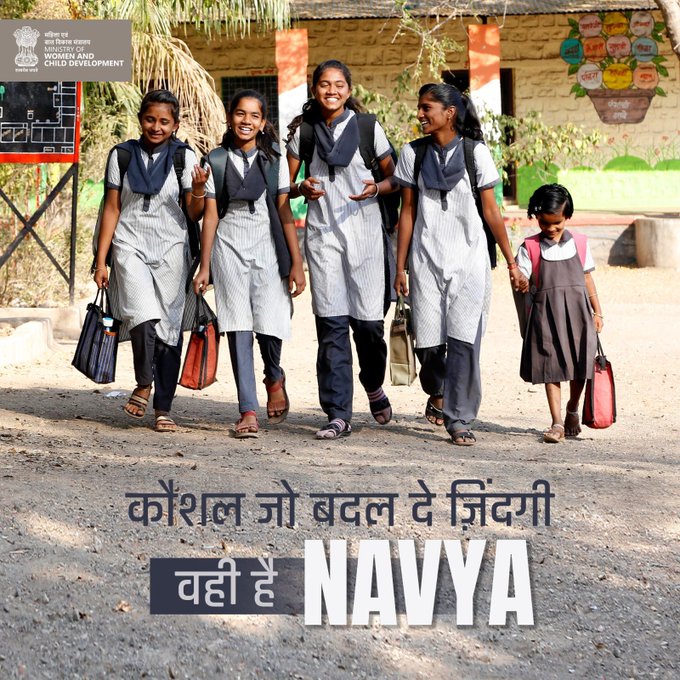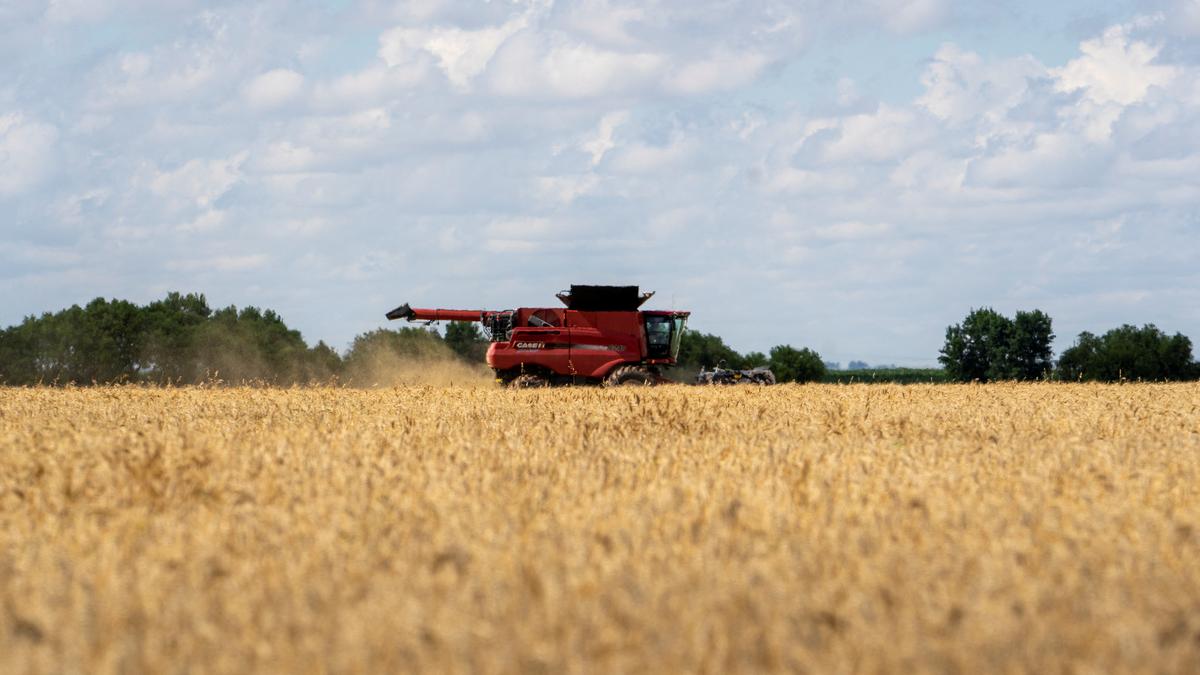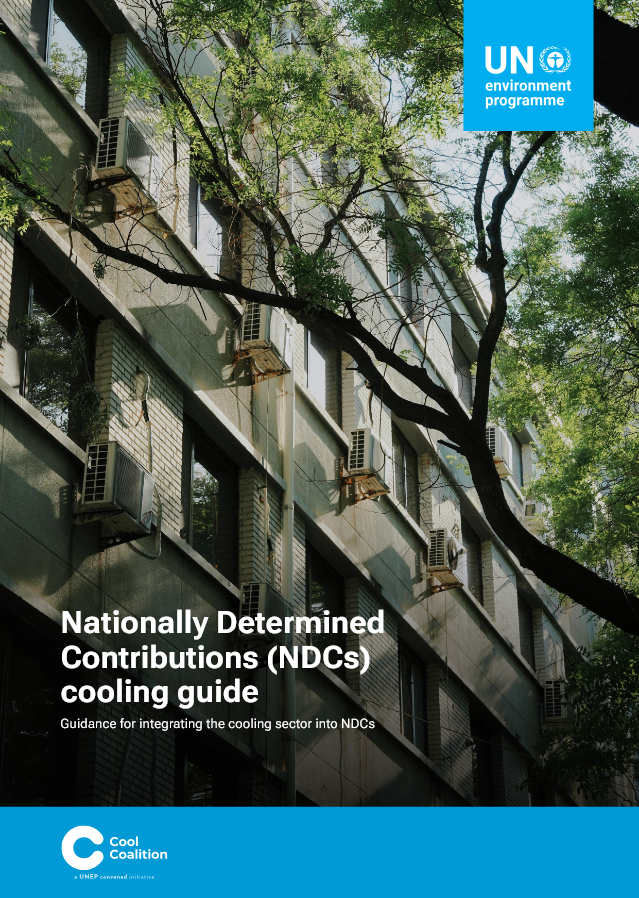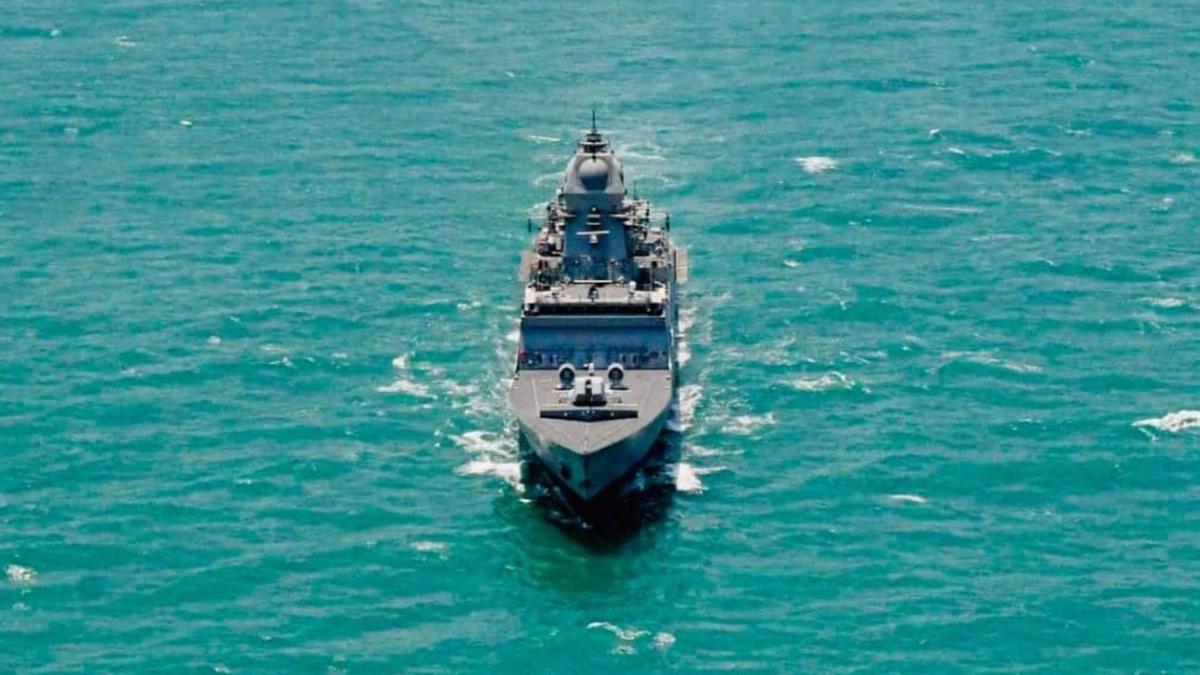NAVYA Initiative

- 26 Jun 2025
In News:
In line with the vision of Viksit Bharat@2047 and the government’s focus on women-led development, the Government of India has launched NAVYA—a pilot initiative aimed at vocationally skilling adolescent girls to empower them with future-ready skills and opportunities.
The programme was officially launched in Sonbhadra, Uttar Pradesh, by the Ministry of Women and Child Development (MWCD) in collaboration with the Ministry of Skill Development and Entrepreneurship (MSDE).
About Nurturing Aspirations through Vocational Training for Young Adolescent Girls (NAVYA):
- Objective:To provide vocational training to adolescent girls aged 16–18 years (with a minimum qualification of Class 10) in non-traditional job roles.
- Target Areas:Implemented as a pilot project in 27 districts across 19 States, including:
- Aspirational districts
- Districts in the North-Eastern States
This reflects the government's commitment to inclusive development and reaching underserved and vulnerable populations.
- Institutional Collaboration:
- Both ministries will formalize convergence to streamline and institutionalize skilling efforts for adolescent girls.
- NAVYA draws upon existing frameworks like the Pradhan Mantri Kaushal Vikas Yojana (PMKVY) and other flagship skill development schemes.
Significance of NAVYA:
Aspect Importance
Empowerment - Enhances skills, confidence, and self-reliance among young girls
Gender Inclusion - Supports women-led development and economic participation
Employment Readiness - Equips girls with job-oriented skills in non-traditional sectors
Regional Equity - Targets backward and underserved regions to reduce disparities
Demographic Dividend - Harnesses the potential of India’s adolescent population in national development
“NAVYA represents a transformative step in ensuring that every adolescent girl becomes a catalyst for change in India’s journey towards an inclusive, skilled, and developed future.”
Rising Evaporative Demand and Thirstwaves

- 26 Jun 2025
In News:
The rising evaporative demand—a measure of how thirsty the atmosphere is—is spotlighting India’s significant data and research gaps related to climate extremes, water stress, and agricultural vulnerability. While global studies are increasingly focusing on "thirstwaves", India lacks adequate research and monitoring frameworks on this critical issue.
What is Evaporative Demand?
- Evaporative demand indicates the near-maximum amount of water that would evaporate from land or vegetation if enough water is available.
- It is not equivalent to actual evaporation, which also depends on water availability.
- Driven by atmospheric factors:
- Temperature
- Wind speed
- Solar radiation
- Humidity
- Cloud cover
High evaporative demand leads to quicker drying of soil and vegetation, increasing drought risk, crop stress, and wildfire susceptibility.
What is a Thirstwave?
- Coined by MeetpalKukal (University of Idaho) and Mike Hobbins (NOAA/University of Colorado).
- Definition: Three or more consecutive days of abnormally high evaporative demand.
- Drivers: Combination of high temperature, low humidity, high solar radiation, and wind speed.
- Impacts:
- Reduces water availability for crops.
- Stresses vegetation.
- Increases fire danger.
- Accelerates drought onset and intensification.
Unlike heatwaves driven by temperature alone, thirstwaves are multi-dimensional and can be more damaging to crops and ecosystems.
Scientific Findings & India-Specific Observations
Global Evidence:
- Kukal& Hobbins’ study (published in Earth’s Future) noted:
- Increased frequency, intensity, and duration of thirstwaves in the U.S.
- Reduced likelihood of zero-thirstwave periods during growing seasons.
India’s Research Gap:
- Chronic shortage of real-time data on evaporative demand and extreme events.
- 1997 Study (Chattopadhyay &Hulme):
- Analyzed 30 years of IMD data.
- Found declining evaporation and potential evapotranspiration, likely due to increased humidity, despite warming.
- Projected future temperature rise would eventually override humidity effects, increasing evaporative demand.
Recent Developments in India:
- IIT Roorkee, NIH & European collaborators (2022):
- Studied 100 river sub-basins.
- Found highest rise in actual evapotranspiration in Northern India, Western Himalayas, and Eastern Himalayan regions.
- Interpreted as signs of increased vegetation or agricultural expansion.
Measurement Techniques:
- Standardised Short-Crop Evapotranspiration:
- A simplified metric to measure water demand of a 12 cm tall, healthy grass under ideal moisture conditions.
- Recommended for crop irrigation planning.
- Rising values signal increasing atmospheric demand and need for adaptive water management.
Implications for India:
- Agriculture and Food Security:
- India’s irrigated crops, especially rice and wheat, are vulnerable to atmospheric water demand.
- Rising thirstwaves threaten to decrease productivity even in well-irrigated regions.
- Water Resource Management:
- Increases soil moisture stress and reduces groundwater recharge.
- Calls for real-time tracking systems for evaporative stress.
- Disaster Preparedness:
- Thirstwaves may precede or exacerbate droughts and wildfires.
- Regions not traditionally drought-prone may still suffer from evaporative shocks.
- Research and Monitoring Needs:
- Lack of indigenous data on thirstwaves.
- Current efforts:Ongoing Indo-U.S. collaboration (University of Idaho & NIT Jalandhar) aims to map South Asian thirstwaves under the Water Advanced Research and Innovation Program.
Way Forward:
- Integrate evaporative demand and thirstwave parameters into IMD's early warning systems.
- Promote region-specific studies on crop sensitivity to evaporative demand.
- Develop adaptive irrigation protocols based on short-crop evapotranspiration trends.
- Sensitise farmers, water managers, and policymakers on atmospheric water demand risks.
- Invest in climate-resilient agriculture and data-driven water governance.
UK’s Terminally Ill Adults (End of Life) Bill

- 26 Jun 2025
In News:
In a landmark decision, the UK House of Commons has passed the Terminally Ill Adults (End of Life) Bill, which seeks to legaliseassisted dying for terminally ill individuals in England and Wales. The Bill passed with a narrow margin of 314 to 291 votes, and will now proceed to the House of Lords for further deliberation.
Key Provisions of the Bill:
- Applicability: England and Wales.
- Eligibility: Only for patients diagnosed with less than six months to live.
- Safeguards:
- The patient must be mentally competent.
- Approval is required from two doctors, a psychiatrist, a senior lawyer, and a social worker.
- The process ensures the patient’s choice is informed and voluntary.
Understanding Euthanasia:
- Etymology: From Greek “eu” (good) + “thanatos” (death) = “good death”.
- Definition: Intentional act of ending a person’s life to relieve suffering from terminal illness or unbearable pain.
Types of Euthanasia:
Type Description Example
Active Deliberate action to end life Lethal injection
Passive Withdrawal of treatment Removing life support
Voluntary With patient’s consent Terminally ill requesting euthanasia
Involuntary Without consent Considered illegal
Ethical Dimensions:
Arguments in favour
- Right to Autonomy: Upholds personal freedom in deciding life and death.
- Compassionate Exit: Eases intractable suffering.
- Dignity in Death: Ensures control over one’s final moments.
- Relief for Families: Reduces emotional and financial strain.
- Medical Resource Optimization: Redirects care to patients with curable conditions.
Arguments Against
- Sanctity of Life: Human life is sacred and must not be intentionally ended.
- Risk of Coercion: Vulnerable groups may be pressured into opting for death.
- Existence of Palliative Alternatives: Modern hospice care offers non-lethal relief.
- Slippery Slope: May lead to misuse or extension to non-terminal cases.
- Erosion of Medical Ethics: Challenges the healer role of doctors.
Indian Legal Perspective:
India has grappled with the euthanasia debate in various judicial pronouncements:
- Gian Kaur v. State of Punjab (1996): Right to die not included under Article 21.
- Aruna Shanbaug Case (2011): Allowed passive euthanasia under strict conditions.
- Common Cause v. Union of India (2018):Recognised the right to die with dignity and permitted Advance Medical Directives.
UNEP’s NDC Cooling Guidelines 2025

- 26 Jun 2025
In News:
The United Nations Environment Programme (UNEP) has released the NDC Cooling Guidelines 2025, aimed at supporting countries in integrating sustainable cooling strategies into their Nationally Determined Contributions (NDCs) under the Paris Agreement. The initiative addresses both climate mitigation and adaptation challenges posed by rising global temperatures and energy demand.
About the NDC Cooling Guidelines 2025
- Purpose:Provides a structured global framework for countries to incorporate sustainable cooling into national climate action plans, balancing mitigation, adaptation, and developmental needs.
- Developed by:UNEP’s Cool Coalition NDC Working Group, in collaboration with partners like UNDP.
- Primary Objectives:
- Mainstream sustainable cooling in national NDCs.
- Reduce sectoral emissions by 60% by 2050.
- Improve access to cooling for 1.1 billion vulnerable people.
- Establish robust Monitoring, Reporting, and Verification (MRV) mechanisms.
- Align with the Kigali Amendment to the Montreal Protocol and the Global Cooling Pledge.
Global Cooling Landscape: Key Data Points
- Current Impact:
- Cooling accounts for nearly 7% of global GHG emissions, projected to exceed 10% by 2050.
- Cooling consumes 20% of global building electricity, and up to 50% in countries like UAE.
- Access Challenges:1.1 billion people worldwide lack access to efficient and affordable cooling, threatening lives, food security, and healthcare.
- Efficiency Potential:By doubling appliance efficiency, access can expand sixfold without proportionate emission growth.
Challenges in the Cooling Sector
- Rising Emissions:Without immediate policy interventions, emissions from cooling are expected to double by mid-century, increasing climate and energy pressures.
- Access Inequality:Many low-income and rural populations remain exposed to extreme heat due to lack of sustainable cooling.
- Policy Gaps:Only 27% of updated NDCs currently include specific energy efficiency targets related to cooling.
- Gendered Impacts:Women, especially in vulnerable communities, face greater health risks from inadequate cooling and heat stress.
- Reinforcing Heat-Cooling Loop:Increasing temperatures escalate cooling demand, which if met with inefficient systems, leads to more emissions, exacerbating global warming—a vicious cycle.
Six-Step Framework in the Guidelines
- Baseline Assessment:Measure current energy use and refrigerant emissions in the cooling sector.
- Target Setting:Define clear, time-bound targets aligned with national climate priorities.
- Monitoring, Reporting, Verification (MRV):Develop transparent systems to track and report progress.
- Policy Tools:
- Introduce Minimum Energy Performance Standards (MEPS)
- Phase down high-GWP refrigerants
- Promote urban greening and passive cooling techniques
- Governance & Institutional Support:Establish cross-sectoral coordination, incorporating gender-sensitive planning.
- Financing & Equity:Mobilize investments and develop policies to enable equitable access to sustainable cooling technologies.
Country-Level Initiatives
- Nigeria:Integrated National Cooling Action Plan (NCAP) into its NDC, with a focus on heat-resilient rural infrastructure.
- United Arab Emirates (UAE):Adopted district cooling systems and high-efficiency air conditioning in its updated climate roadmap (NDC 3.0).
- Grenada:Committed to becoming the first HFC-free nation, aiming for complete refrigerant phase-down.
INS Nilgiri

- 26 Jun 2025
In News:
INS Nilgiri, the first stealth frigate of the indigenously developed Project 17A series, has recently been inducted into the Eastern Naval Command. It will play a crucial role in the Eastern Sword-Sunrise Fleet.
Key Facts:
- Class and Design:INS Nilgiri belongs to the Nilgiri-class frigates under Project 17A, an advanced stealth warship initiative. It is an improved version of the earlier Shivalik-class (Project 17) frigates.
- Design and Construction:The vessel has been designed by the Indian Navy’s Warship Design Bureau and constructed by Mazagon Dock Shipbuilders Limited (MDL) in Mumbai.
- Sister Ships Under Construction:Six other frigates of the same class—Himgiri, Taragiri, Udaygiri, Dunagiri, Vindhyagiri, and Mahendragiri—are currently being built at MDL, Mumbai and Garden Reach Shipbuilders and Engineers (GRSE), Kolkata.
Technical Specifications & Capabilities:
- Dimensions & Displacement:
- Length: 149 meters
- Displacement: Approximately 6,670 tonnes
- Propulsion:
- Equipped with a CODAG (Combined Diesel and Gas) propulsion system
- Maximum speed: Up to 28 knots
- Combat Capability:
- Anti-Air Warfare: Armed with 16 Barak-8 surface-to-air missiles
- Surface Warfare: Equipped with 8 BrahMos supersonic cruise missiles for anti-ship and land-attack roles
- Surveillance & Targeting Systems:
- MF-STAR Radar: Offers 360-degree situational awareness
- 3D AESA Radar: Enables tracking of multiple targets simultaneously
- Nishant Radar: Enhances fire control and targeting precision
- Network-Centric Warfare:The onboard Combat Management System (CMS) seamlessly integrates various sensors and weapons, allowing for coordinated operations with other naval platforms.
Significance:
The induction of INS Nilgiri marks a major milestone in India’s pursuit of a modern, self-reliant naval fleet. It enhances the Indian Navy’s blue-water capabilities, contributing to maritime dominance and regional security in the Indo-Pacific.
